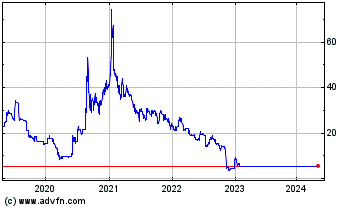Applied Graphene Materials (LSE:AGM)
Historical Stock Chart
From Jul 2019 to Jul 2024


